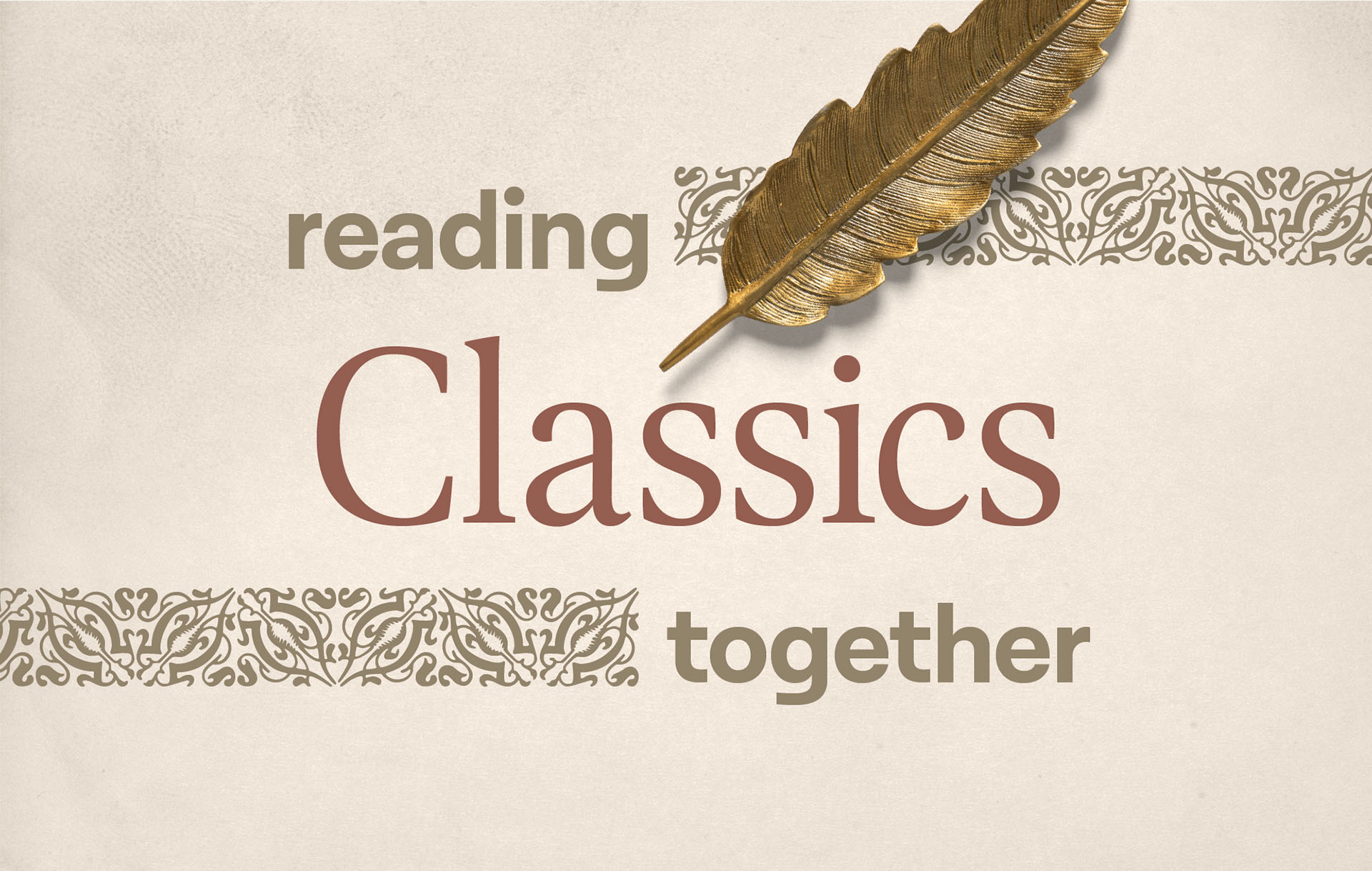This is week three of our journey through John Murray’s Redemption Accomplished and Applied. It is Thanksgiving in the United States and it struck me this morning that there are few things we ought to be more thankful for than the perfection of the atonement–the very subject of this week’s chapter. The finality and perfection of Christ’s work gives us such peace and hope and joy that we ought to thank God for it every day, but perhaps this day more than any other.
I’m a bit under the weather and taking a sick day today so I will keep this brief.
Summary
This week’s chapter was shorter than the ones that came before it, but no less important. Here Murray sought to show how the atoning work of Christ was perfect, not so much in the fact that it accomplished what it was meant to accomplish but that it did so fully and finally. He begins the chapter this way: “In Protestant polemics this feature of the atoning work of Christ has been oriented against the Romish tenet that the work of satisfaction accomplished by Christ does not relieve the faithful of the necessity of making satisfaction for sins which they have committed.” Where the Roman Catholic Church teaches that baptism washes away all past sins and all original sin, they hold that when it comes to post-baptismal sins the faithful must make satisfaction either in this life or in purgatory. Protestants, on the other hand, contend that Christ’s work is the only satisfaction for sin and is absolutely perfect and final so that any attempt to add to it is itself sin. With this in the background, Murray seeks to show that the atonement was perfect in that it fully accomplished exactly what it was meant to accomplish.
Murray divides the chapter into four parts, looking at the historic objectivity of the atonement along with its finality, its uniqueness and its intrinsic efficacy.
Of all Murray said in this chapter, these words stood out to me. The truth contained here is just stunning when we stop to consider it. “The atonement is the provision of the Father’s love and grace. But there is equal need for remembering that the work wrought by Christ was in itself intrinsically adequate to meet all the exigencies created by our sin and all the demands of God’s holiness and justice. Christ discharged the debt of sin. He bore our sins and purged them. He did not make a token payment which God accepts in place of the whole. Our debts and not canceled; they are liquidated.” Our debts were not just canceled; they were liquidated. Thank God for that!
Next Week
For next Thursday please read chapter four, “The Extent of the Atonement.” We may as well read the Conclusion for the first section, too, since it is just a couple of pages.
Your Turn
The purpose of this program is to read classics together. So if there are things that stood out to you in this chapter, if there are questions you had, this is the time and place to have your say. Feel free to post a comment below.










